In traditional Chinese medicine (TCM), pulse diagnosis dates back thousands of years. It is a means of identifying and differentiating diseases by feeling pulses in the radial wrists. It is one of the four major assessments in TMC along with inspections (general observation of patient), auscultation (listening), olfaction (smelling) and questioning (obtaining medical history and symptoms). “Pulsenergy” is a term my mentor Jimmy Wei Chang, PhD, LAc coined for this technique which can take years to master. It is considered the most difficult tool in a TCM practitioner’s tool box, but it is essential for prescribing Chinese herbs.
In western medicine, it is considered somewhat subjective, but there are some similarities. Allopathic medicine palpates the pulse to measure the rate of your heart beat – normal, fast (tachycardia), slow (bradycardia) – as well as the strength of the vessel, the feel (hard or soft) and the change in rhythm or intensity (weak or pounding). TCM takes that much further and is an intricate system of touch and sensations. The pulse is not only taken at the styloid process of the right and left radial wrists, but may also be checked in the neck, carotid artery, ankles and medial aspect of the elbow to confirm other findings.
A complete pulse requires the following:
JUMP: Pulsation aspect of what makes up a pulse (velocity, strength, resistance, amplitude).
SHAPE: Structural aspects of what makes up a pulse (straight, convex and concave pulses).
LEVEL: The depth of which the pulse is felt (superficial, deep).
After feeling and palpating these areas, a practitioner checks for dark, purple, red or green veins in the wrists, forearms or elbow crease to check for blood stagnation and or deficiency. Considering a patient’s age, sex, medical history, etc., we also check blood pressure and analyze according to the eight principles (excess, deficiency, heat/cold, etc.).
Here are examples of findings and treatments that follow: If systolic and diastolic are high (i.e. 140/90), this indicated excess heat, and acupuncture would focus on cooling the heat and calming the sympathetic nervous system. If systolic is low (>95) and diastolic high (>60) with a slow heart rate, it indicates deficiency and cold. Treatment focuses on warming the body through foods, herbs and external heat. Other measurements may indicate blood stagnation, yin deficiency, anemia, dehydration and more.
Seasons also intertwine in diagnosis. For example, fall tends to be dry in the five elements, and it is time of metal, thus people may suffer from dry coughs, sadness and elimination issues this time of year. Try to eat foods that generate fluid and moisten the lungs such as peas, apples, snow ear fungus, persimmons, figs, pumpkins, nuts and seeds. One of my favorite fall lung recipes is to core a pear, fill it with fresh ginger and honey and boil in water. Drink the liquid and eat the pear! If you have a cough, you may add a few apricot kernels to dry phlegm.
If you’re not feeling up to par, it is always a good idea to check your blood pressure and consult with your health care practitioner. The diagnosis and solutions may be simpler than you think!
Dr. Sheppard is a licensed acupuncturist and doctor of traditional Chinese medicine. She is the owner of AcQpoint Wellness Center in Palm Desert and can be reached at (760) 345.2200 or visit www.AcQPoint.com.
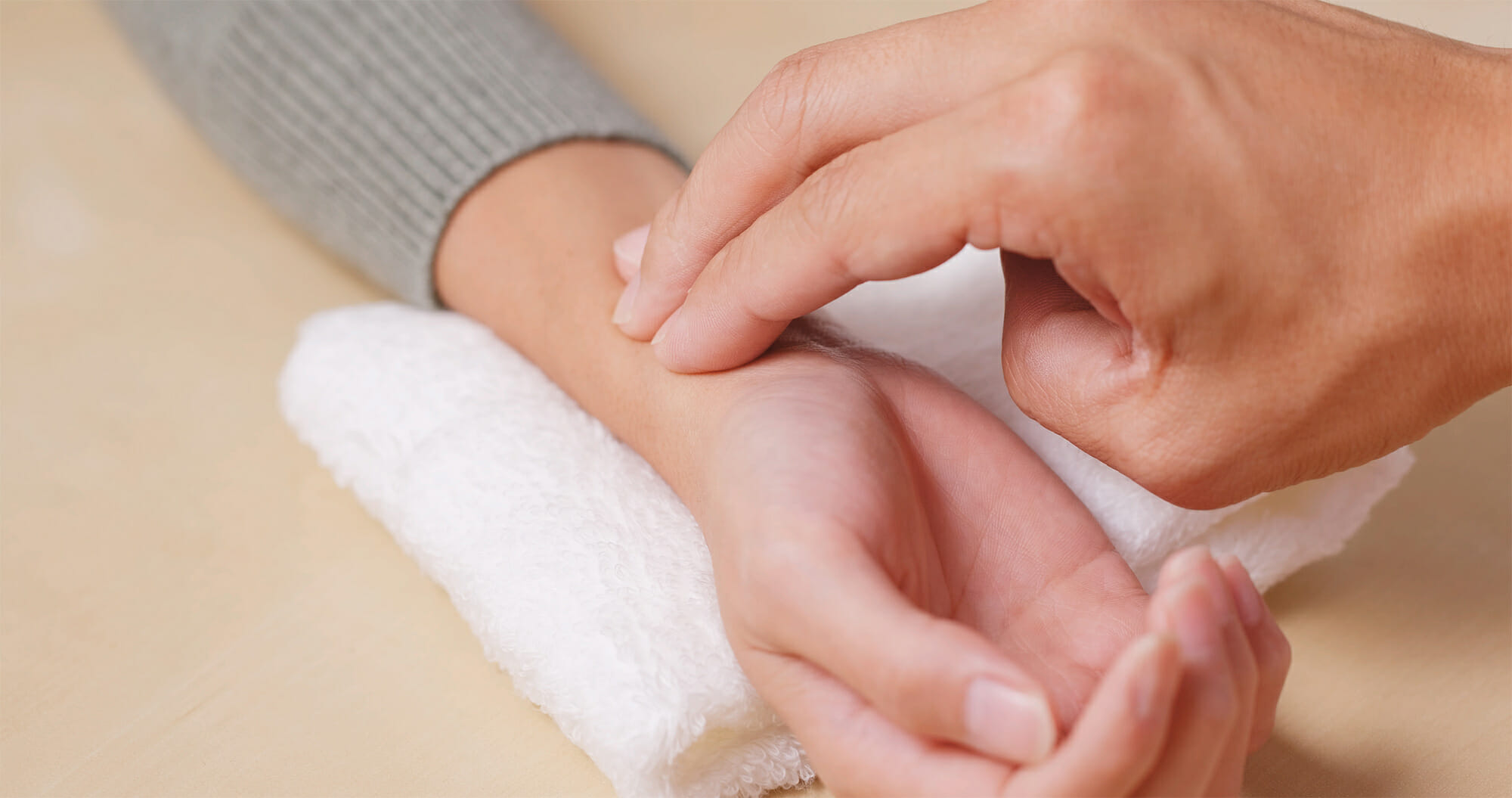






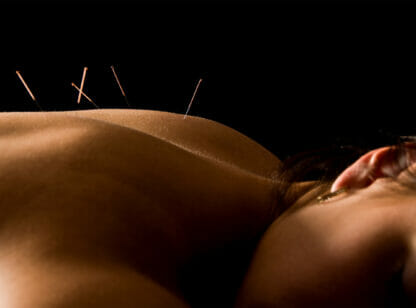

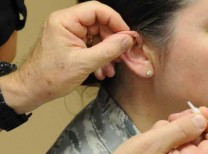




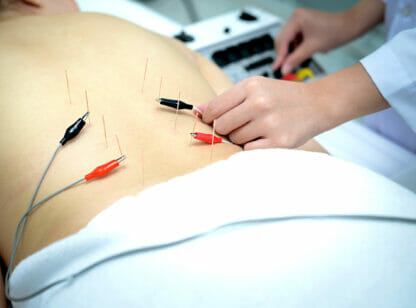

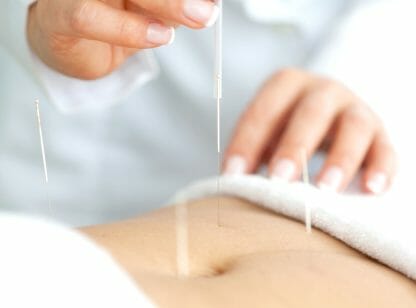





























Comments (0)